-
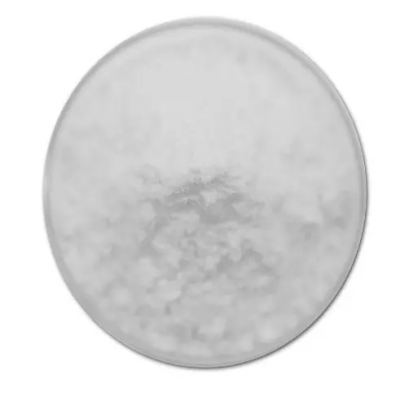
2-AMINO-5-BROMO-46-DIMETHYLPYRIDINE CAS:89856-44-0
2-Amino-5-Bromo-4,6-Dimethylpyridine is a chemical compound with the molecular formula C8H10BrN2. It is a white to light yellow solid commonly used in organic synthesis and pharmaceutical research. This compound contains an amino group, a bromine atom, and two methyl groups attached to a pyridine ring, making it valuable for generating various organic compounds with distinct properties.
-
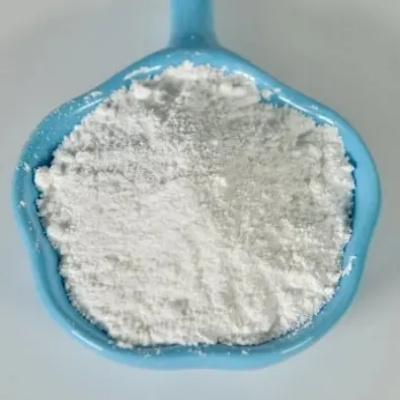
2-Amino-5-bromopyrazine CAS:59489-71-3
2-Amino-5-bromopyrazine is a chemical compound belonging to the pyrazine family, featuring an amino group at the second position and a bromine atom at the fifth position of the pyrazine ring. This compound’s distinct structure and reactivity make it valuable for various applications in research and industry.
-
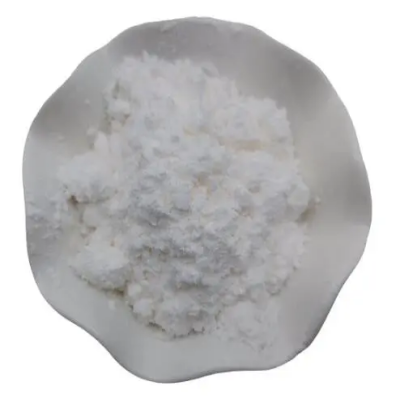
3-Methylquinoline CAS:612-58-8
3-Methylquinoline is an aromatic compound with the molecular formula C10H9N. It is a colorless to pale yellow liquid that belongs to the quinoline family of organic compounds.
-
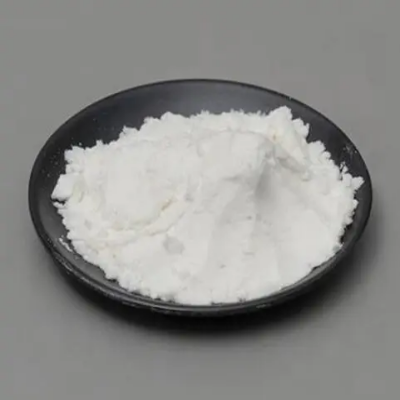
2,2,2-Trifluoroethyltrifluoromethanesulfonate CAS:6226-25-1
2,2,2-Trifluoroethyltrifluoromethanesulfonate is a chemical compound with the molecular formula C4F9O3S. It is widely used as a reagent in organic synthesis due to its unique chemical properties.
-
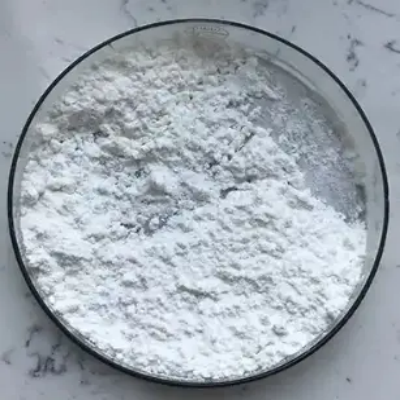
Leupeptin CAS:24125-16-4
Leupeptin is a reversible inhibitor of proteases that belongs to a class of compounds known as protease inhibitors. It is commonly used in biochemical and cell biology research due to its ability to inhibit a wide range of proteolytic enzymes, including serine, cysteine, and thiol proteases. Leupeptin is a white crystalline powder that is soluble in water and organic solvents, making it versatile for use in various experimental setups. It is stable under normal storage conditions and is widely recognized for its effectiveness in protecting proteins from degradation.
-
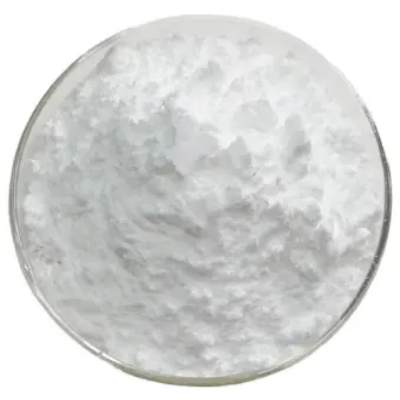
Lomefloxacin hydrochloride CAS:98079-51-7
Lomefloxacin hydrochloride is the hydrochloride salt form of lomefloxacin, a fluoroquinolone antibiotic recognized for its activity against a broad spectrum of Gram-negative and some Gram-positive bacteria. This formulation enhances the solubility and stability of lomefloxacin, making it suitable for oral administration in the treatment of bacterial infections. Lomefloxacin hydrochloride works by inhibiting bacterial DNA gyrase, thereby disrupting DNA replication and transcription processes essential for bacterial growth. It is commonly prescribed for urinary tract infections, respiratory tract infections, and skin infections due to its efficacy and favorable pharmacokinetic properties.
-

Linezolid CAS:165800-03-3
Linezolid is an oxazolidinone antibiotic renowned for its activity against Gram-positive bacteria, including methicillin-resistant Staphylococcus aureus (MRSA) and vancomycin-resistant enterococci (VRE). It inhibits bacterial protein synthesis by binding to the 23S ribosomal RNA of the 50S subunit, leading to bacteriostatic or bactericidal effects. Linezolid is available in oral and intravenous formulations, making it a valuable treatment option for skin and soft tissue infections, pneumonia, and other serious bacterial infections where resistant strains are a concern.
-
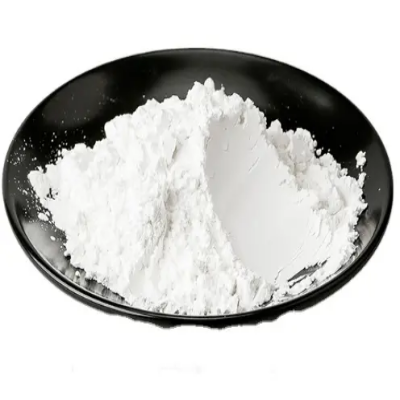
Leupeptin hemisulfate CAS:103476-89-7
Leupeptin hemisulfate is a salt form of leupeptin, a reversible protease inhibitor widely used in biochemical and cell biology research. This compound is specifically formulated as a hemisulfate to enhance its stability and solubility in aqueous solutions. Leupeptin hemisulfate retains the same inhibitory properties as leupeptin, effectively targeting a variety of proteolytic enzymes to protect proteins from degradation. It is commonly employed in protein purification, cell lysis, and protease activity assays due to its reliability and compatibility with a range of experimental protocols.
-
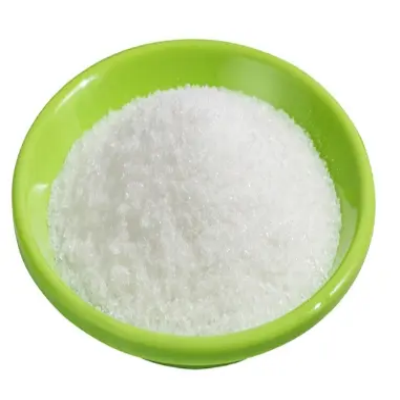
Lincomycin hydrochloride CAS:859-18-7
Lincomycin hydrochloride is the hydrochloride salt form of lincomycin, a lincosamide antibiotic known for its efficacy against various Gram-positive bacterial infections. Lincomycin hydrochloride shares the same antibacterial properties as lincomycin and is commonly used in medical practice for the treatment of skin and soft tissue infections, intra-abdominal infections, respiratory tract infections, and bone infections. Its formulation as a hydrochloride salt enhances solubility and stability, making it suitable for parenteral administration and oral use in clinical settings.
-
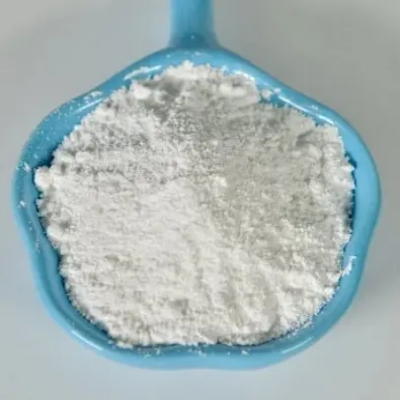
Kanamycin base CAS:8063-07-8
Kanamycin base is an aminoglycoside antibiotic commonly used in laboratory research and clinical practice to combat bacterial infections. It functions by inhibiting protein synthesis in bacteria, making it effective against various Gram-positive and Gram-negative organisms. Kanamycin base is particularly useful for addressing infections caused by multidrug-resistant bacteria, providing a potent treatment option for serious bacterial ailments.
-

Marbofloxacin CAS:115550-35-1
Marbofloxacin is a veterinary fluoroquinolone antibiotic known for its efficacy against a wide range of Gram-negative and Gram-positive bacteria in animals. It belongs to the third-generation fluoroquinolone class and is commonly used in veterinary medicine for the treatment of bacterial infections in companion animals, livestock, and poultry. Marbofloxacin demonstrates potent activity by inhibiting bacterial DNA gyrase and topoisomerase IV enzymes, essential for bacterial DNA replication and transcription processes. It is available in oral and injectable formulations, making it versatile for the management of respiratory, urinary, and skin infections in veterinary practice.
-
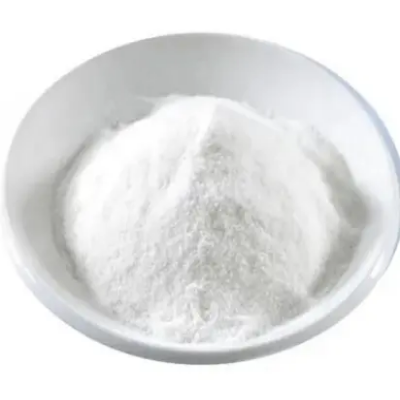
Kanamycin A Sulfate CAS:25389-94-0
Kanamycin A sulfate is a broad-spectrum aminoglycoside antibiotic commonly used in both laboratory research and clinical settings to combat bacterial infections. It works by inhibiting protein synthesis in bacteria, making it effective against a wide range of Gram-positive and Gram-negative organisms. Kanamycin A sulfate is particularly valuable for treating infections caused by multidrug-resistant bacteria, offering a potent option for serious bacterial illnesses.

